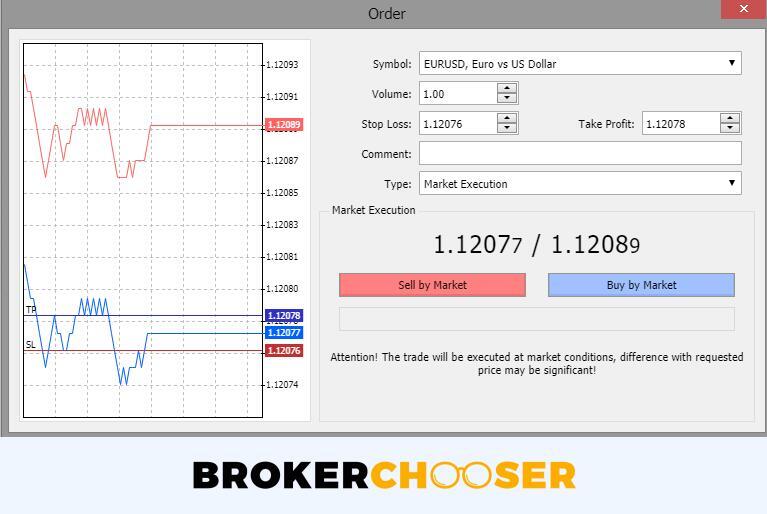
Items such as pharmaceuticals, machinery, and technology are three products that require large amounts of expense after their initial designing. Charlene Rhinehart is a CPA , CFE, chair of an Illinois CPA Society committee, and has a degree in accounting and finance from DePaul University. Harold Averkamp (CPA, MBA) has worked as a university accounting instructor, accountant, and consultant for more than 25 years. He is the sole author of all the materials on AccountingCoach.com. Bookkeeping and accounting is carried out using three separate accounts. Raw materials are items waiting to be used in the manufacturing process, work in progress are partially manufactured goods, and finished goods are those held for resale.

With fewer shares floating around, each share becomes worth more. Treasury stocks (also known as treasury shares) are the portion of shares that a company keeps in its own treasury. They may have either come from a part of the float and shares outstanding before being repurchased by the company or may have never been issued to the public at all.
What Is Capital Stock?
The other item the GAAP rules guard against is the potential for a company to overstate its value by overstating the value of inventory. Since inventory is an asset, it affects the overall value of the company. A company which is manufacturing or selling an outdated item might see a decrease in the value of its inventory. Unless this is accurately captured in the company financials, the value of the company’s assets and thus the company itself might be inflated. If this is management’s goal, it can choose to keep the treasury stock on its books—perhaps hoping to sell it later at a higher price—or simply retire it.
BDO USA Adopts Employee Stock Ownership Model – Global Finance
BDO USA Adopts Employee Stock Ownership Model.
Posted: Fri, 01 Sep 2023 17:10:48 GMT [source]
Notable absolute common stock valuation techniques include the dividend discount model (DDM) and the discounted cash flow model (DCF). Capital stock is another term for the ownership shares of a company’s equity, represented as either preferred or common stock. Corporations typically sell their shares to investors in order to raise capital to fund their business operations. In exchange, investors receive partial ownership of the company, including dividends or voting power. Preferred stockholders generally do not have voting rights, though they have a higher claim on assets and earnings than common stockholders. For example, owners of preferred stock receive dividends before common shareholders and have priority if a company goes bankrupt and is liquidated.
5 Accounting for closing stock
Inventory is one of the most important assets on a company’s balance sheet. Inventory refers to the stock of goods that a company has on hand, including raw materials, finished products, and even work in progress. Because inventory is a vital part of a company’s operations, it is essential to understand where it appears on the balance sheet.
The sale of preferred stock is accounted for using these same principles. A separate set of accounts should be used for the par value of preferred stock and any additional paid‐in‐capital in excess of par value for preferred stock. Preferred stock may have a call price, which is the amount the “issuing” company could pay to buy back the preferred stock at a specified future date. Treasury stock https://online-accounting.net/ is the corporation’s issued stock that has been bought back from the stockholders. As a corporation cannot be its own shareholder, any shares purchased by the corporation are not considered assets of the corporation. Assuming the corporation plans to re‐issue the shares in the future, the shares are held in treasury and reported as a reduction in stockholders’ equity in the balance sheet.
Steps to Becoming a Stock Broker
It is different from a bond, which operates like a loan made by creditors to the company in return for periodic payments. A company issues stock to raise capital from investors bookkeeping 101 for new projects or to expand its business operations. The type of stock, common or preferred, held by a shareholder determines the rights and benefits of ownership.
- Passing this exam allows them to become a licensed investment advisor.
- Lastly, there is little standardization of account nomenclature.
- A company’s share price is often considered to be a representation of a firm’s equity position.
- PayScale reports that stockbrokers earn an average yearly bonus of $5,833 and a yearly profit share of $5,129.
- In the balance sheet, treasury stock is reported as a contra account after retained earnings in the stockholders’ equity section.
- Depending upon the type of stock issued, the holder of stock may be entitled to vote on certain entity decisions.
For example, an entry-level stockbroker earns an average annual salary of $46,382, while a stockbroker with more than 20 years of experience earns $99,090. Learn the strategies and techniques behind successful inventory management. Xero does not provide accounting, tax, business or legal advice. You should consult your own professional advisors for advice directly relating to your business or before taking action in relation to any of the content provided.
Inventory Accounting: Definition, How It Works, Advantages
Once you know how many shares the company is issuing and at what price, it’s easy to calculate the proceeds. Simply multiply the number of shares by the share price and you’ll get the gross proceeds. Part of the year-end process is to complete a stock check; this will be done on the last day of the accounting period. It will ensure that the figures in the accounts are the same as the actual quantity held.
For example, if a company has 1,000,000 shares outstanding and an investor owns a stock certificate for 100,000 shares, then that investor owns 10% of the company’s stock. A stock certificate is a legal document that states the number of shares of ownership that the investor holds in the company, as well as the class of stock owned. There may be a restriction statement on the back of the certificate that restricts the ability of the stockholder to sell the certificate to another investor. Alternatively, a stockholder can have the restriction removed under Rule 144, which has a mandatory holding period.
An alternative definition of stock is the finished goods inventory that a company has on hand and available for sale. If you own a majority of shares, your voting power increases so that you can indirectly control the direction of a company by appointing its board of directors. The main sources of shareholder rights are legislation in the company’s incorporation, corporate charter, and governance documents. Therefore, the rights of shareholders can vary from one jurisdiction to another and from one corporation to another. Buybacks also represent a defensive strategy for businesses that are targeted for a hostile takeover—that is, one that the management team is trying to avoid. With fewer shareholders, it becomes harder for buyers to acquire the amount of stock necessary to hold a majority ownership position.
Chartered accountant Michael Brown is the founder and CEO of Double Entry Bookkeeping. He has worked as an accountant and consultant for more than 25 years and has built financial models for all types of industries. He has been the CFO or controller of both small and medium sized companies and has run small businesses of his own. He has been a manager and an auditor with Deloitte, a big 4 accountancy firm, and holds a degree from Loughborough University. Stock or inventory is the total of raw materials, work in progress (WIP), and finished goods that a business holds for the purpose of resale.
- When you raise an invoice for 5 pieces, then you will notice that the Accounting Stock value reduces to 15 pieces but the Physical Stock remains as 20 pieces.
- Naturally, the remaining shares will command a proportionally higher price than its current market price.
- That’s because the company may want to have shares in reserve so it can raise additional capital down the road.
- Our example presumes that the average cost of the stock brought forward is £250.
Once aspiring stockbrokers pass the Series 63 exam, they can facilitate the purchases and sales of mutual funds, bonds, and stocks in a state. The Bureau of Labor Statistics (BLS) refers to stockbrokers as securities, commodities, and financial services sales agents. Review the chart below to learn about the salary and projected growth rate for these professionals. For example, financial planners earn a higher median pay of $129,890. The BLS projects jobs for these professionals to grow 16% between 2018 and 2028. To progress up the compensation ladder, stockbrokers must learn sales techniques, build a large client base, and form trusting relationships with clients with large budgets.
What Is Inventory Accounting?
The company will be liable to the shareholders in case of the market price fall below par value. PwC refers to the US member firm or one of its subsidiaries or affiliates, and may sometimes refer to the PwC network. This content is for general information purposes only, and should not be used as a substitute for consultation with professional advisors. You should have noticed from the example above that the P&L account is not only a financial statement like the balance sheet, but is also the name of a nominal ledger account. In general, when we refer to a P&L account we are referring to its meaning as a financial statement and not as an account in the nominal ledger.